This magnificent Dendera Temple is just one of those places which nobody misses when they start Luxor tours, Nestled in the lush, green verdure of Upper Egypt, Dendera houses one of the best-preserved Ancient Egyptian temples and offers some insight into the rich history and culture of Ancient Egypt, it is a temple famous for its stunning architecture and intricate carvings, Dendera Temple stands as testimony to the artistic and spiritual achievements of the ancient Egyptians.
During your Luxor day tours, Dendera Temple is a great opportunity to wander around its well-preserved hieroglyphs and imposing architectural elements. Being the Temple of Hathor, the goddess of love and fun, it is lavishly bedecked with different reliefs illustrating major deities and mythological scenes, telling much about the religious life of ancient Egypt. Serenity in the surroundings and a well-preserved ruin put visitors back in time in a magical world, including a visit to Dendera Temple in your travel itinerary is a must for those planning Egypt day tours to get the chance to experience firsthand the grandeur of ancient Egyptian temples beyond the famous Karnak and Luxor temples. Enjoy a seamless ride with Next Holiday Travel to this historical gem while knowledgeable guides enhance the day with fascinating stories about the temple's significance, whether it is a Luxor day tour or visiting the wider wonders of Egypt tours, Dendera Temple is one place that should never be missed. Its historic importance and its beauty will make the journey truly memorable.
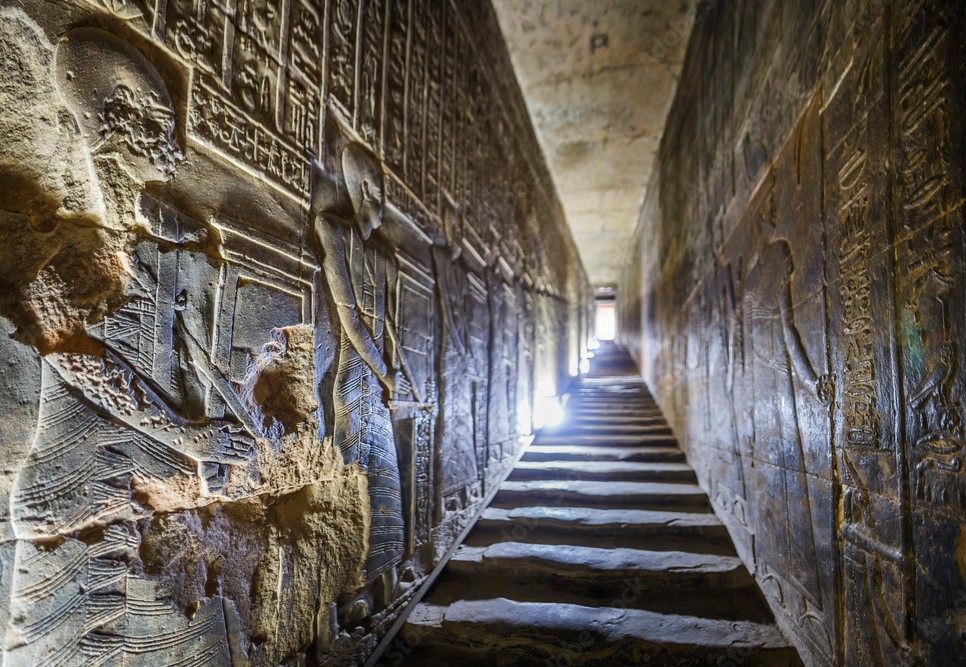
Where is Dendera Temple Located?
The Dendera Temple is situated in the small village of Dendera, about 60 kilometers north of Luxor in Egypt, on the western bank of the Nile River, located in a peaceful countryside area surrounded by green farmlands, this forms a good contrast to its ancient stone structures, you can take a short drive from Luxor to the temple or go on an organized tour, it is pretty far from other places, which helps this place maintain its historical tranquility. It offers the visitor a quiet setting away from the noisy tourist spots and it lets them appreciate the grandeur of the temple and the lovely landscape around it.
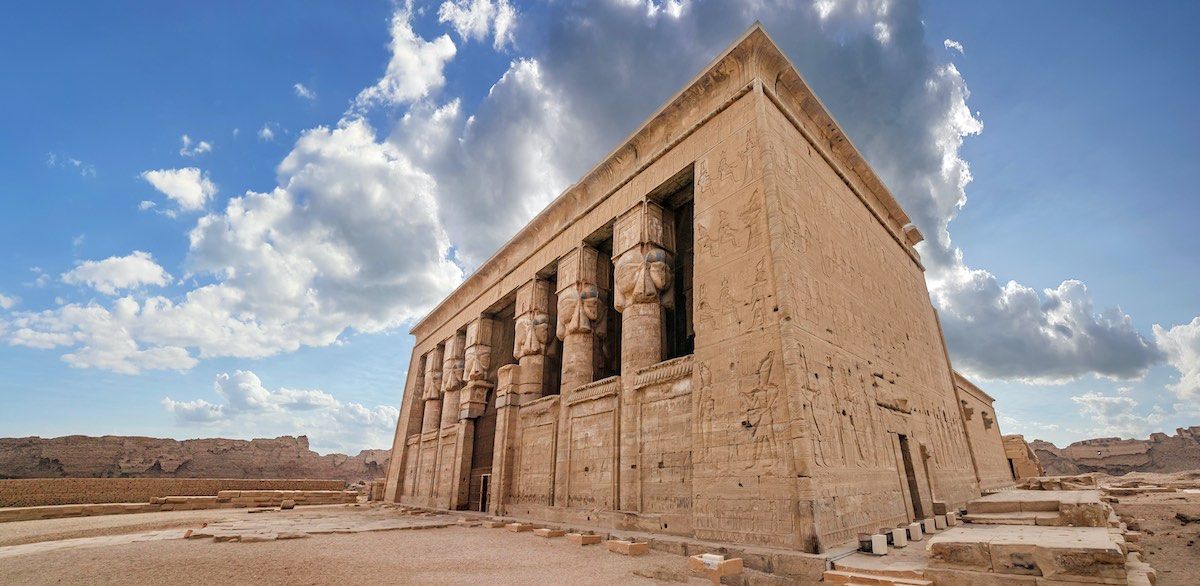
Journey Through Ancient Egypt
A journey through ancient Egypt would provide a unique window into the brilliant world of pharaohs and gods, starting with some very iconic structures at the Pyramids of Giza, which have survived the test of time down south, Luxor opens up a treasure trove of history with its stunning temples and tombs, most important among them being the amazing Dendera Temple, it's dedicated to Hathor, the goddess, and depicts very well-preserved hieroglyphs and carvings. A visit to the Valley of the Kings and the Karnak Temple completes this deep immersion in the grandeur of ancient Egyptian civilization, cruise the Nile, the lifeblood of that ancient world, and see just how the river sculpted the culture and daily life of its people. Each halt along the way unfolds some part of the glorious Egyptian history and converts your tour into a knowledge-gaining and memorable one.
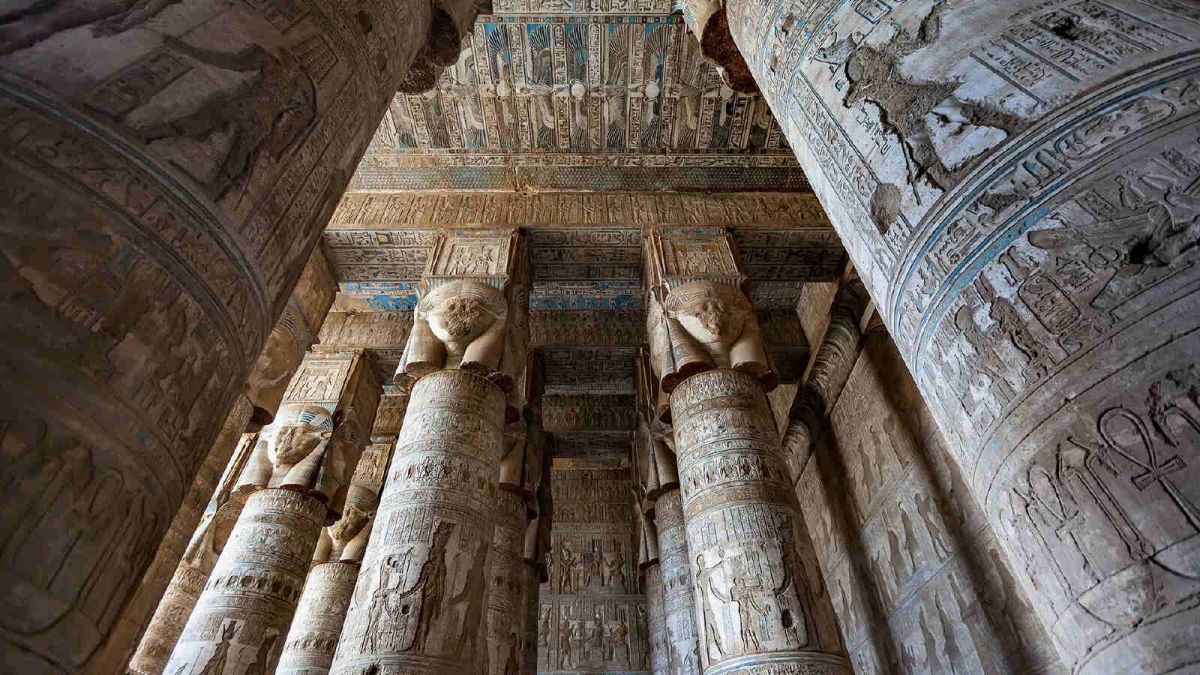
The History of Dendera Temple
The Dendera Temple is one of the interesting forays into ancient Egyptian spirituality and art, it was built during the late Ptolemaic period, about 225 BCE, and was devoted to Hathor, the goddess of love, music, and fertility, constructed on the site of an earlier temple, construction from the beginning continued further on into the Roman period, it constitutes a construction product with both Egyptian and Roman architectural styles, Temple Dendera has a great reputation based on its better state of preservation and beauty depicted through reliefs, portraying various gods and religious ceremonies. The most famous structure in this temple is the Chapel of Hathor, highly carved in detail and housing the famous Dendera Zodiac, a map of the heavens, which showed the knowledge of the ancient Egyptians of the stars.
From its earliest days, it has been one of the great centers of worship and pilgrimage for devotees across the region. Today it stands as one of the most perfect examples of ancient Egyptian temple architecture and provides an extraordinary window on the religious and cultural usage of an age long past.
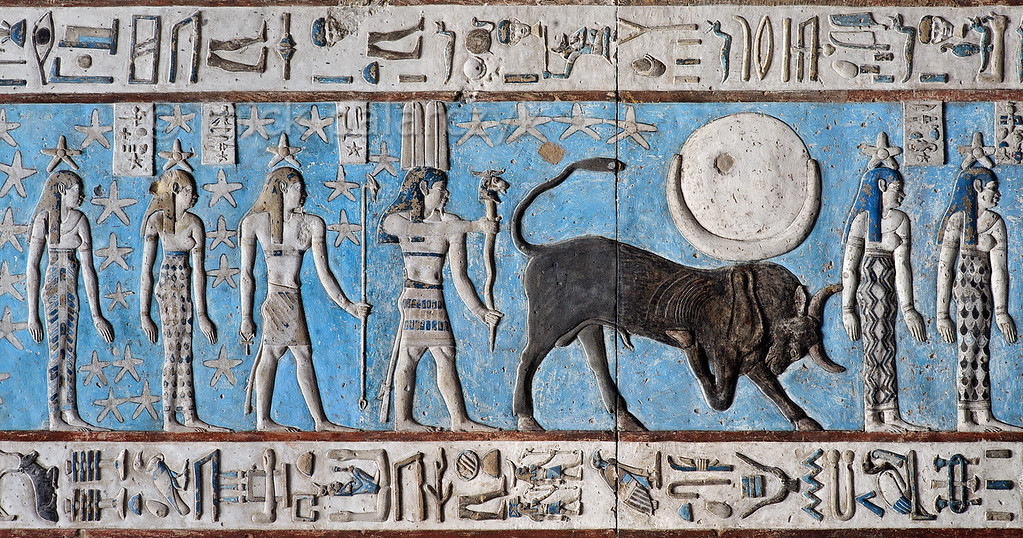
Honoring the Goddess Hathor
The Dendera Temple is an imposing tribute to the goddess of ancient Egypt, known as Hathor of love, music, and fertility, this great temple was built during the late Ptolemaic period and is beautifully adorned with carvings and artwork commemorating Hathor's divine attributes, the Hathor Chapel, one of the focuses of this temple, is adorned with some of the best reliefs that depict this goddess in various forms, often with a cow's head or cow horns, these carvings depict her being nurturing and joyful, which comes at the heart of her worship, the most famous resident of the temple, though, is the Dendera Zodiac, a map of the heavens that shows the influence of Hathor over the cosmos. For this reason, Dendera Temple is one of those very few sites where one can pay homage to Hathor and learn about her importance in ancient Egyptian spirituality and day-to-day life.
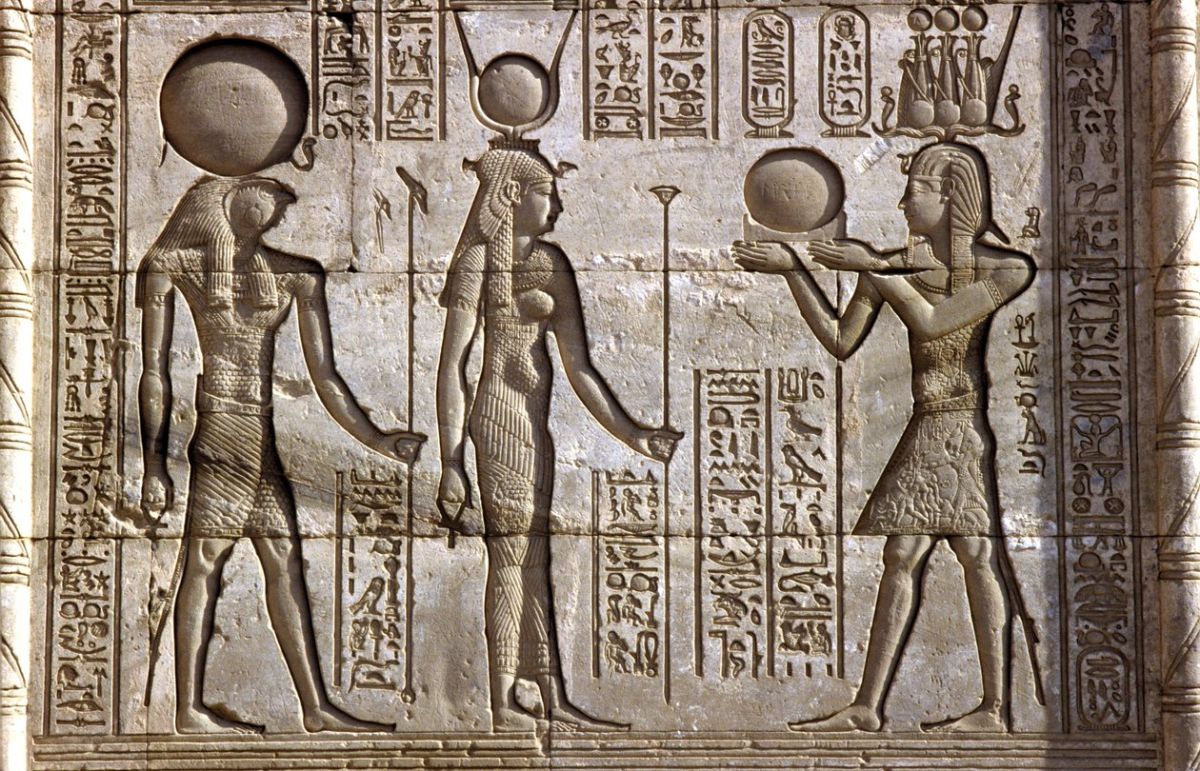
Why is Dendera Temple One of Egypt’s Most Well-Preserved Temples?
Dendera Temple is considered one of the most preserved ancient buildings in Egypt due to several reasons. Firstly, it was constructed during the late Ptolemaic period up to the Roman era, it received extensive architectural methods and materials that bestowed durability on the building, the temple was constructed from sandstone, a solid material that has borne the harsh times and weather compared to other materials.
It was also rather remote from the very core of urban agglomeration, which helped it avoid the more destructive forces of urban development and natural wear, this has kept it relatively undisturbed for centuries, its intricate carvings and vibrant reliefs nearly intact, it finds itself in a rather remote position, and with care taken in the modern times of restoration, the Dendera Temple continues to stay incomparable in ancient Egyptian skill in architecture and religious custom.
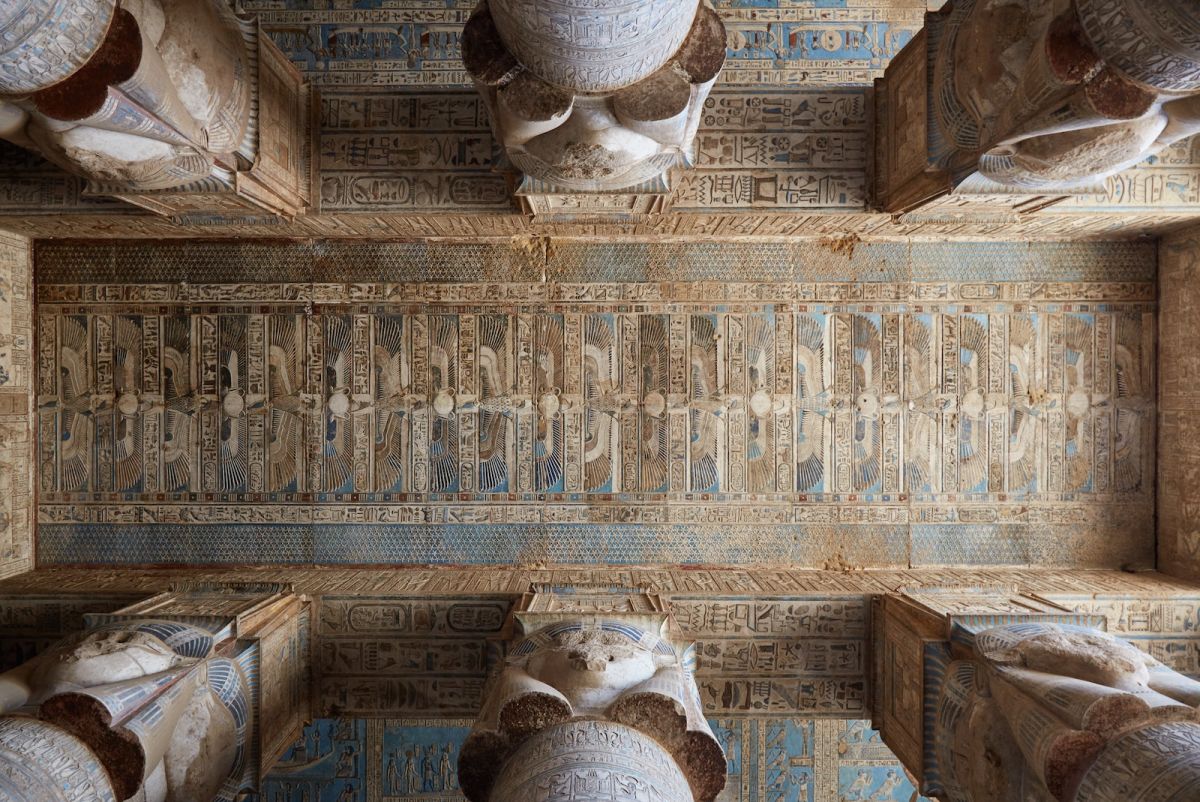
The Dendera Temple Ceiling Unique in Ancient Egyptian civilization
The ceiling of the Dendera Temple represents an anomaly in ancient Egyptian architecture and is made up of an unusually complex design. Few other Egyptian temples boast such an extravagantly decorated ceiling as that of the Dendera Temple, making it one of the most valuable and rare monuments of ancient Egyptian cosmology, depicting various features of astronomy and mythology, but is probably the most striking feature on the ceiling is that of the Dendera Zodiac, an intricate map of the heavens showing constellations and astrological signs, it has become quite famous not only because of the greatness of its artwork but also because of the insight it has provided into the astronomical knowledge of ancient Egyptians. The ceiling reveals Hathor, the goddess of the temple, painted in bright colors with other deities and powerfully symbolizing the divine world.
This ceiling and the complication of its artwork represent the sophistication in the knowledge of ancient Egyptian astronomy and religious belief and, therefore, a unique and major component in the historical and cultural heritage of the Temple of Dendera.
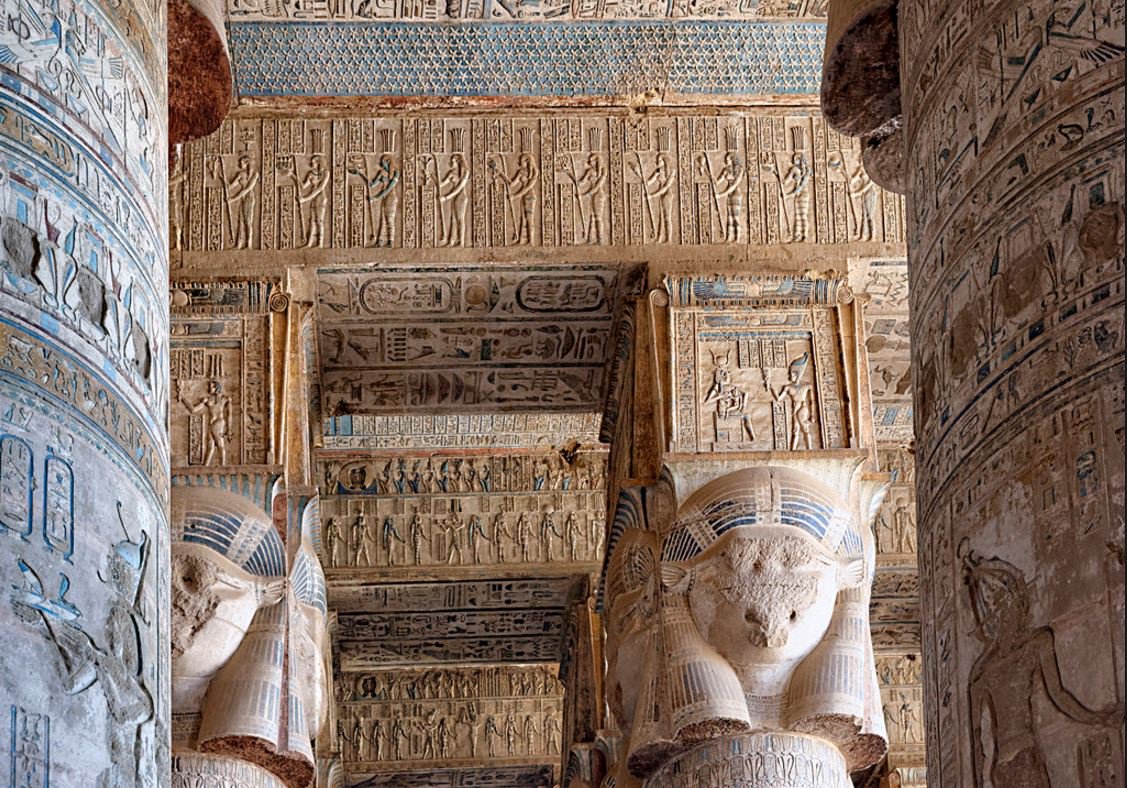
Unraveling the Mysteries of Ancient Egyptian Astronomy
Unraveling the secrets of Ancient Egyptian astronomy will expose profound understandings of the universe in correlation to the fact that religious and cultural pursuits cannot be conceptualized without them, the ancient Egyptians closely watched the motion of the stars in heaven; in fact, their observations influenced the times that their calendar, agricultural cycles, and mode of life were ceremoniously carried out, the understanding of such a system is crucial, which has been derived from temples like Dendera, astronomical symbols, details of the maps of the stars and planets, including the famous Dendera Zodiac, these works represent how the ancient Egyptians mapped the stars and planets and integrated their observations into their spiritual beliefs.
The further alignment of temples and pyramids to events in the sky shows just how advanced they were, it is not only in studying these records of astronomy that the complexity of their science is uncovered but also how greatly intertwined the understanding of the universe was with daily life and religious practices.
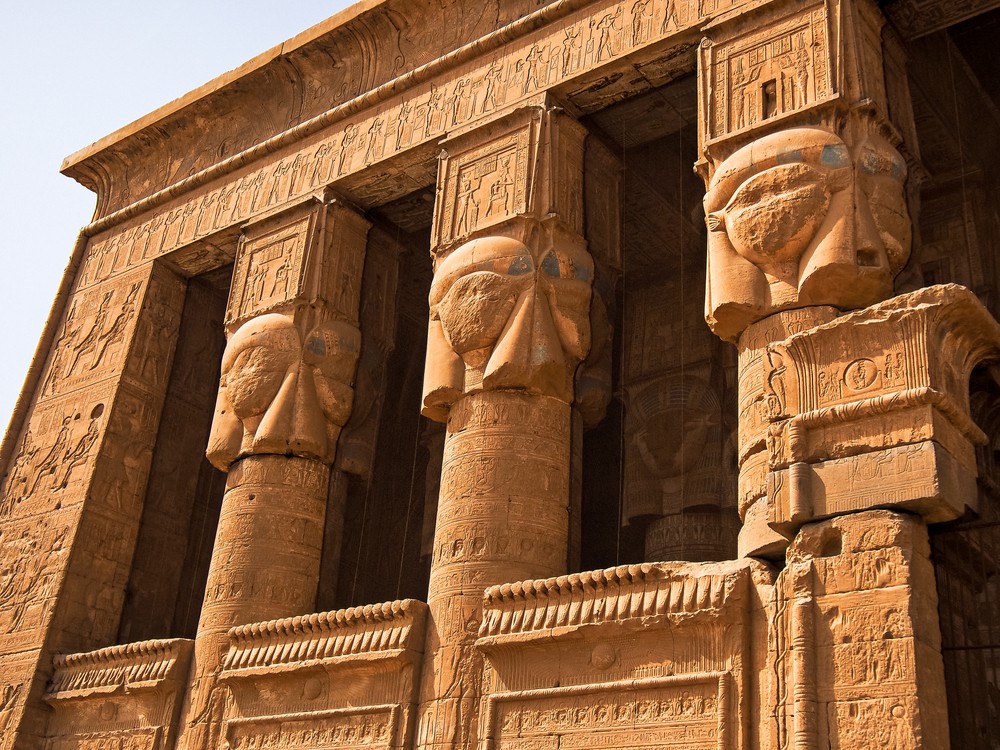
Visiting the Dendera in Luxor
Visiting the Dendera Temple in Luxor is stepping into the past, into the heart of ancient Egyptian culture and belief systems, this remarkably preserved temple complex lies a little further north of Luxor, about 60 kilometers away, and honors Hathor, the goddess of love, music, and fertility, you will view stunning architectural details and the famous Dendera Zodiac, a map of the heavens that displays the highly developed astronomical knowledge that the Egyptians had as you are guided through its magnificent entrance.
Arrive a little early, and there will be time to marvel at the serenity of this temple before people begin to throng it, wear comfortable walking shoes, besides hats or sunscreen, as the sun can be scalding, go in for an informed guide; he will make your visit interesting with his enactments and historic relations. Don't forget cameras to shoot fantastic carvings of the temple and the adjoining serene surroundings. A day trip to Dendera provides an amazing chance to be quiet and connect deeply with Egypt's ancient history.
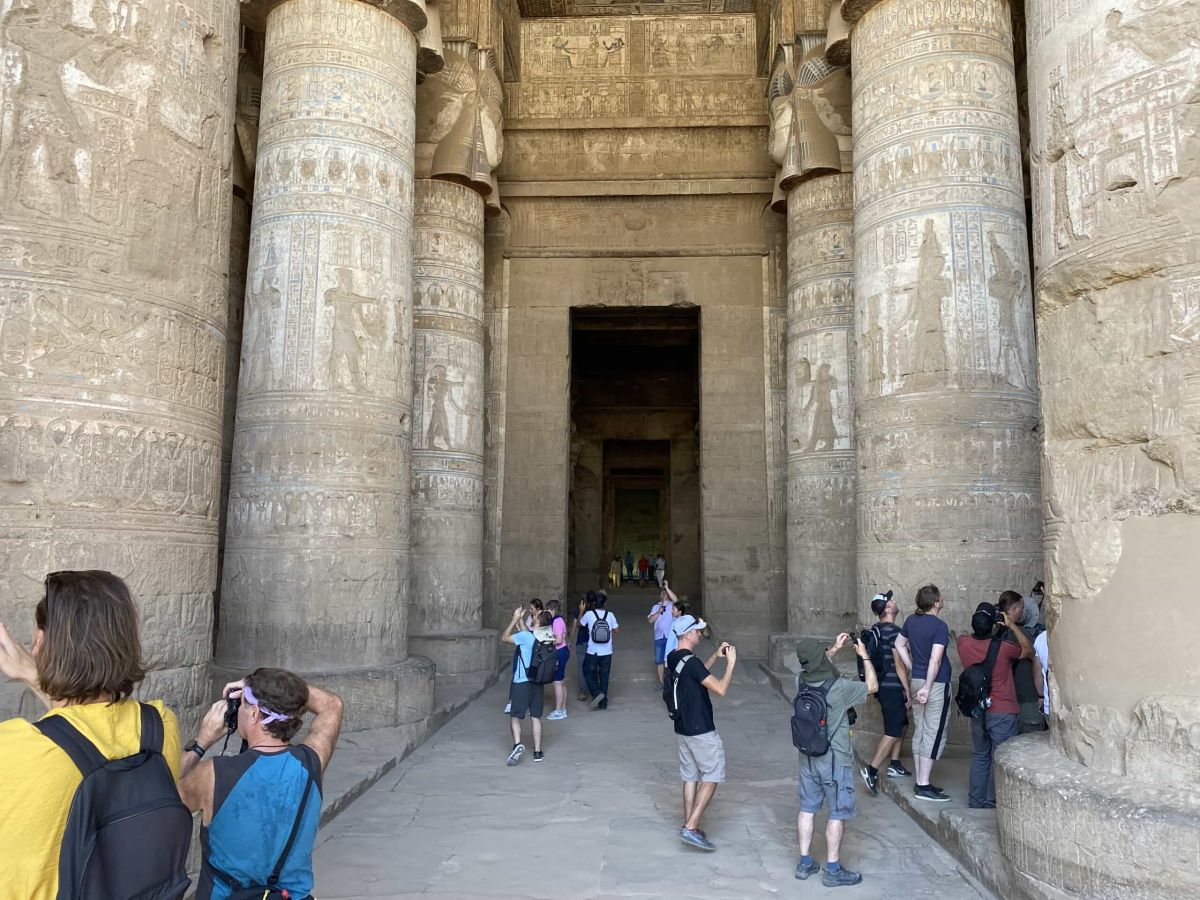
It would not be difficult to deduce at the end of the tour at this marvelous Dendera Temple why it has been rated one of Egypt's most well-preserved and fascinating ancient wonders. The temple, along with the fine carvings and the infamous Dendera Zodiac itself, constitutes one great window into spiritual and astronomical feats that the ancient Egyptians attained, its dedication to the goddess Hathor says all about the rich cultural and religious practices that have been made in this civilization, Luxor tours, add another dimension to your Egypt experience, whether you are on a Luxor day tour or any other similar far-reaching day tour in Egypt. The Dendera complex is uniquely differentiated by its state of conservation and serenity in which it lies, owing to its architectural brilliance and colossal historic standing, the place provides a beautiful contrast that possibly might stick fresher in your memory alongside other famous attractions in Luxor.
Besides following any given tips, remember to come early and plan for maximum value from your visit. The advice that is going to be given stands out as coming early, keeping hydrated, and guided tours that will enhance not only the exploration but also further details on the history and the importance of the temple. Leaving the Dendera Temple, let the images of its stunning artistry be escorted in the mind, along with an appreciation for the deep legacy of ancient Egyptian civilization, unlike any other sightseeing tour, a visit to Dendera Temple is all about getting in contact with the mysteries of times long past and extending your grasp of the ancient heritage of Egypt.







-webp.webp)


